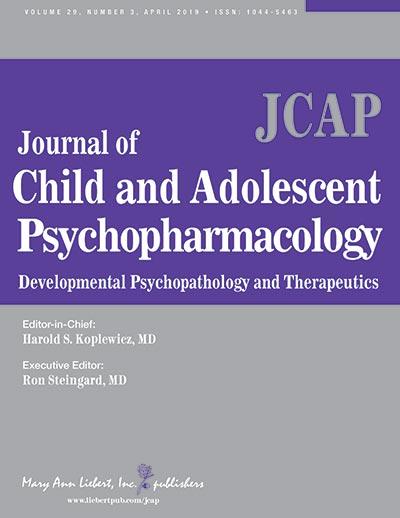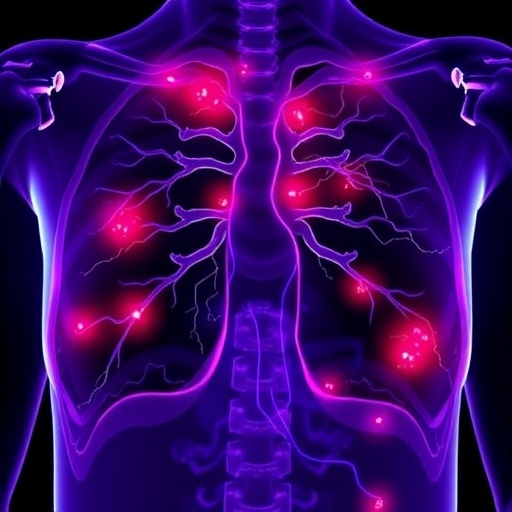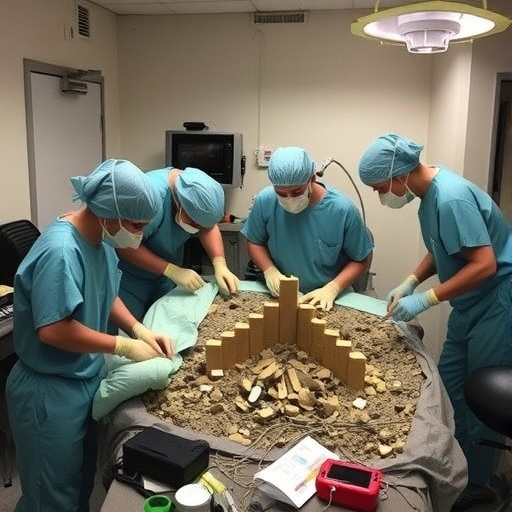
Credit: Mary Ann Liebert, Inc., publishers
New Rochelle, NY, April 8, 2019–In a simulated study, exposure to and maximum blood concentrations of two selective serotonin reuptake inhibitors (SSRIs) – commonly used to treat anxiety and depression in adolescents – differed depending on whether the teens modeled were poor, normal, rapid, or ultra-rapid metabolizers of the SSRIs. Caused by differences in the gene coding for cytochrome P4502C19 (CYP2C19), this information could inform SSRI dosing to optimize efficacy of the medications and minimize adverse effects, as reported in an article published in the Journal of Child and Adolescent Psychopharmacology, a peer-reviewed journal from Mary Ann Liebert, Inc., publishers. Click here to read the full-text article free on the Journal of Child and Adolescent Psychopharmacology website through May 8, 2019.
Jeffrey Strawn, MD, University of Cincinnati College of Medicine (OH), Ethan Poweleit, Children’s Hospital Medical Center, Cincinnati, and Laura Ramsey, PhD, Children’s Hospital Medical Center and UC College of Medicine, used pharmacokinetic modeling to compare SSRI exposure and compare the effects of different doses and dosing strategies, such as twice-a-day dosing in individuals who carry forms of the CYP2C19 gene that cause SSRIs to be broken down and cleared from the blood at different rates. In fact, the simulation study showed that in some cases a poor metabolizer might need to be given twice as much drug as a normal metabolizer. The extent of the differences seen within the model were not the same for the two SSRIs compared, escitalopram and sertraline. The researchers describe the study design and present their results in the article entitled “CYP2C19-Guided Escitalopram and Sertraline Dosing in Pediatric Patients: A Pharmacokinetic Modeling Study.”
“Anxiety and depression are the most common mental health disorders of adolescence. This study provides important insights for psychiatrists treating adolescents who are non-responsive to SSRI treatment,” says Harold S. Koplewicz, MD, Editor-in-Chief of the Journal of Child and Adolescent Psychopharmacology and President of the Child Mind Institute in New York.
###
About the Journal
Journal of Child and Adolescent Psychopharmacology is an authoritative peer-reviewed journal published bimonthly in print and online. The Journal is dedicated to child and adolescent psychiatry and behavioral pediatrics, covering clinical and biological aspects of child and adolescent psychopharmacology and developmental neurobiology. Complete tables of content and a sample issue may be viewed on the Journal of Child and Adolescent Psychopharmacology website.
About the Publisher
Mary Ann Liebert, Inc., publishers is a privately held, fully integrated media company known for establishing authoritative peer-reviewed journals in many promising areas of science and biomedical research, including Cyberpsychology, Behavior, and Social Networking, Games for Health Journal, and Violence and Gender. Its biotechnology trade magazine, GEN (Genetic Engineering & Biotechnology News), was the first in its field and is today the industry’s most widely read publication worldwide. A complete list of the firm’s 80 journals, books, and newsmagazines is available on the Mary Ann Liebert, Inc., publishers website.
Media Contact
Kathryn Ryan
[email protected]
Original Source
https:/
Related Journal Article
http://dx.




